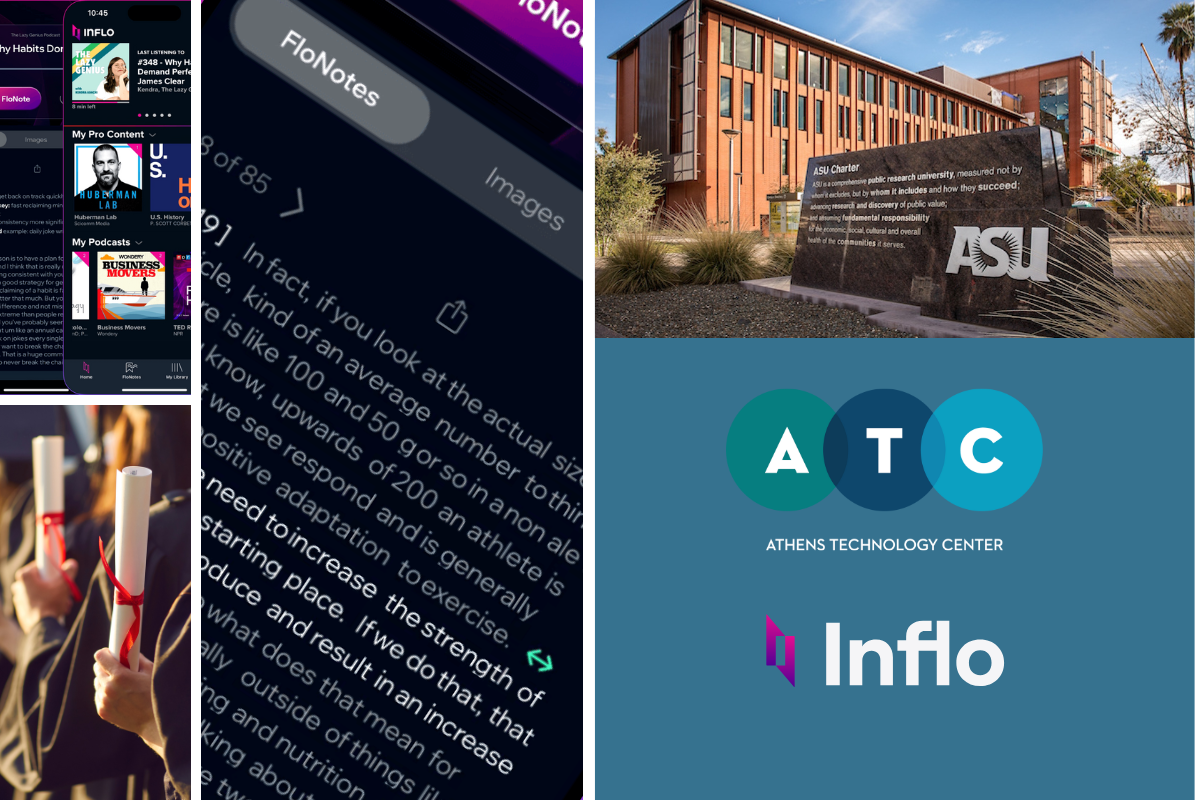Smartphone-first habits, the rise of creators, and diverging paths in AI use are reshaping the global news landscape. Here’s what you need to know for your newsroom from this year’s Digital News Report.
This year’s Digital News Report arrives at a time of growing political and economic turbulence, shifting global alliances, climate crises, and ongoing conflicts. In such a world, one might expect public demand for high-quality, evidence-based journalism to surge. But the reality, as outlined by the Reuters Institute’s 14th annual report, tells a different story.
Across 48 markets, the report highlights a worrying mix of declining engagement, low trust, and a growing resistance to paying for news. Social media and video platforms continue to erode the reach of institutional journalism, fueling a fragmented media environment dominated by creators, influencers, and partisan voices. While some alternative ecosystems provide fresh, independent perspectives, especially where press freedom is under threat, these shifts are also contributing to online polarisation, misinformation, and a weakening connection between audiences and traditional news brands.
Amid the accelerating impact of generative AI and the changing ways people consume content, the 2025 report offers critical insights for publishers navigating this increasingly complex environment.
Below, we’ve summarised ten of the most important findings shaping the future of journalism:
1. Smartphones take the lead in daily news habits
Smartphones are now firmly established as the primary gateway to news, especially in the UK (37%) and US (39%). Morning routines are shifting away from TV, radio, or print in favour of personalised, fragmented, mobile-first access.
What this means for newsrooms: Newsrooms must adapt to multitasking audiences. Format, length, homepage design, and notification strategies all require rethinking.
2. Platforms overtake local media as community information hubs
While traditional media remain preferred for politics and breaking news, users are now turning to platforms for local activities, transport updates, and buy/sell services.
Platforms outperform news media by 23 percentage points for local buying/selling.
What does this mean for newsrooms? Local news must double down on original reporting and breaking stories. The broad community bulletin role is no longer theirs.
3. Creator-led content rivals traditional journalism
From Joe Rogan in the US to Hugo Travers in France, individual creators are building massive followings. Audiences turn to personalities—but with a dose of scepticism.
In the US, social and video platforms (54%) now beat TV (50%) and news websites (48%) as news sources.
What does this mean for newsrooms? Traditional outlets must decide whether to compete by embracing personality-driven content or differentiate through verified, editorial rigour.
4. Trust in news remains low and fragmented
Global trust in news remains stuck at 40%, masking stark national disparities. In Finland, trust is at 67%; in Hungary and Greece, just 22%.
58% globally are concerned about spotting false information online, with the highest levels in Nigeria (84%) and the US/South Africa (73%).
What does this mean for newsrooms? Publishers must be radically transparent. Proving accuracy and independence is essential – even as definitions of trust remain contested.
5. News avoidance hits new highs
Information fatigue continues to grow. 40% of global audiences now sometimes or often avoid news -up from 29% in 2017. In the UK, 12% of under-35s avoid news because they don’t understand it—four times more than over-35s (3%).
What does this mean for newsrooms? Clear, accessible formats and explainer journalism are increasingly essential. Tone and delivery are just as important as the content itself. To address news avoidance and declining engagement, organisations like the BBC are turning to AI to personalise content, especially for younger audiences. Interestingly, audiences show more interest in adjusting how news is presented (format and style) than in curating which stories they see, highlighting the need for automation that enhances delivery, not just selection.
6. Video dominates, led by social platforms
Global video consumption has soared, especially on third-party platforms. TikTok is now a major news player.
TikTok reaches 49% in Thailand and 40% in Malaysia as a news source.
What does this mean for newsrooms? Video is here to stay – but it’s expensive. Newsrooms must weigh investment in video against revenue realities and audience priorities.
7. Subscription growth plateaus
Reader revenue appears to have hit a ceiling across many countries. Only 18% in wealthy markets pay for news, and growth is stalling. In fact, 71% of non-payers say no proposed options would persuade them to subscribe.
What does this mean for newsrooms? Subscription-first models may not scale. New approaches, from AI licensing to lifestyle bundling, are needed.
8. Generational differences widen
Younger audiences prefer video, social platforms, and informal tones. Older groups stick with websites, TV, and text.44% of 18–24s rely on social/video for news, compared to just 20% of those aged 55+.
What does this mean for newsrooms? The one-size-fits-all model is no longer sustainable. Publishers must either develop targeted strategies for different demographics or make a deliberate choice about which audience to prioritize. Consumption habits and expectations now vary so widely – especially between younger and older audiences – that trying to serve both with a single product approach risks failing to meet the needs of either group.
9. AI divides the global news landscape
Acceptance of AI-generated content varies widely. Some regions are moving faster than others.
Weekly AI chatbot usage is at 18% in India, but just 3% in the UK.
What does this mean for newsrooms? Publishers must localize their AI strategies. Innovation will be driven by audience readiness and cultural trust in technology.
10. Mobile alerts: a last direct line to audiences
Push notifications remain one of the few direct-to-audience tools, but users are quick to switch them off. As seen in the Digital News Report, BBC News reaches 46% of UK alert users – equivalent to 4 million people per push.
What does this mean for newsrooms? Alerts should be timely, relevant, and personalised. In today’s crowded lockscreen environment, smart notifications can boost engagement—if they respect user preferences. Publishers must shift from a one-size-fits-all approach to a more tailored strategy, giving users control over the type and frequency of alerts. With platforms limiting organic reach, well-crafted alerts are a vital tool for building loyal mobile audiences.
Conclusion
The 2025 Digital News Report underscores a fast-changing news landscape shaped by shifting habits, creator-led content, and emerging AI tools. Traditional models are under strain, with trust, attention, and direct reach harder to maintain.
To stay relevant, publishers must prioritise clarity, accessibility, and personalization, without compromising credibility. Those who adapt formats, invest in smart delivery, and rebuild trust will be best positioned to engage audiences in an increasingly fragmented digital world.
References:






